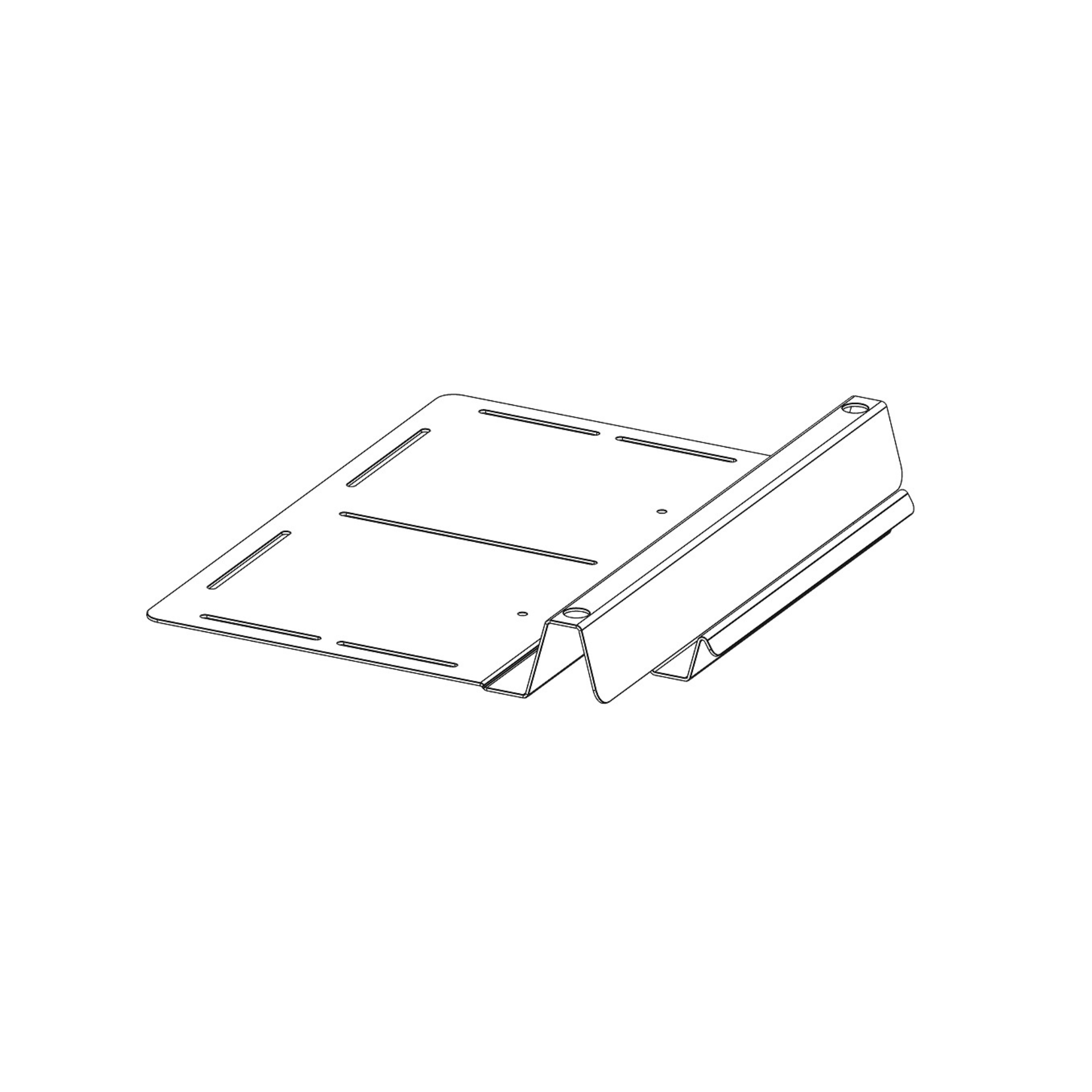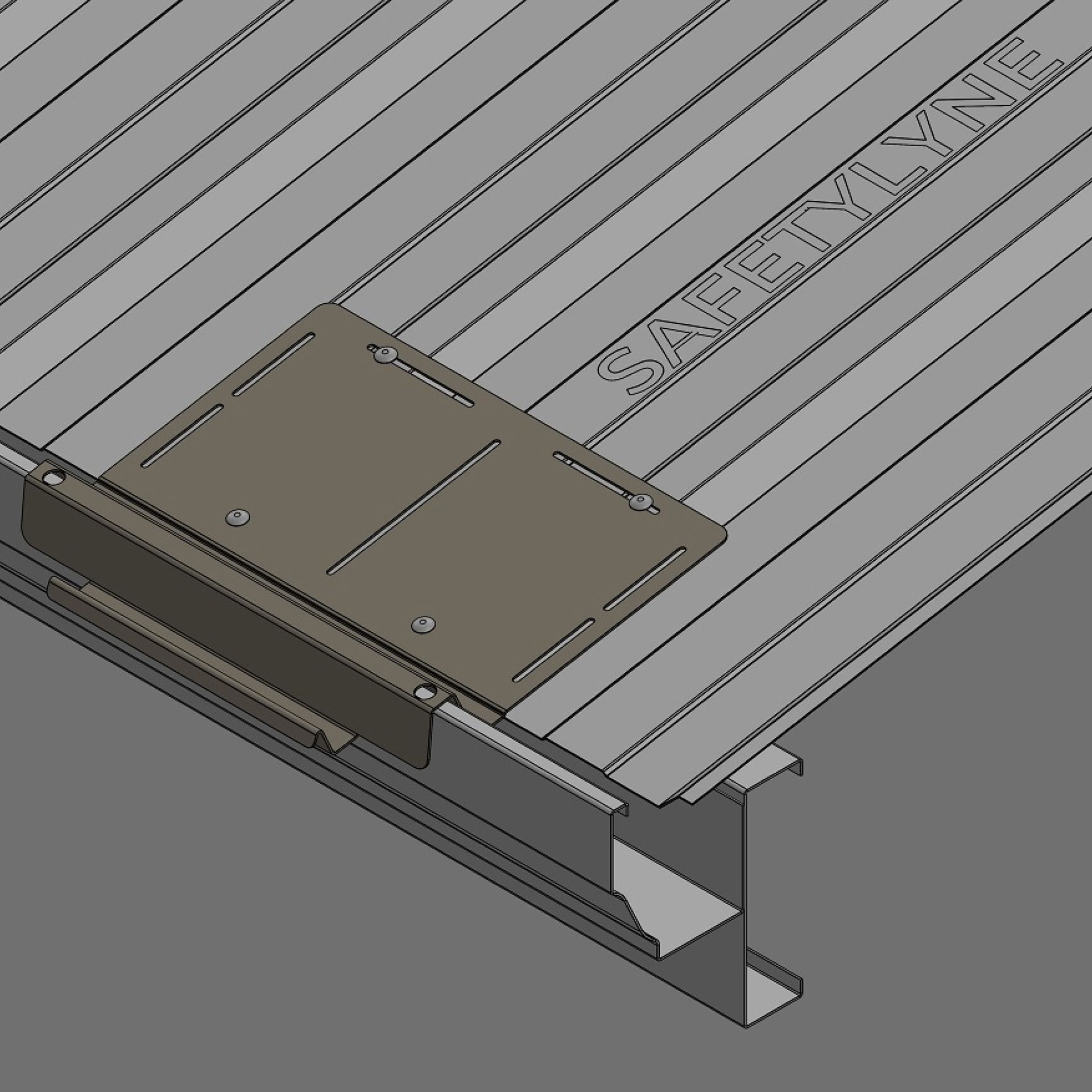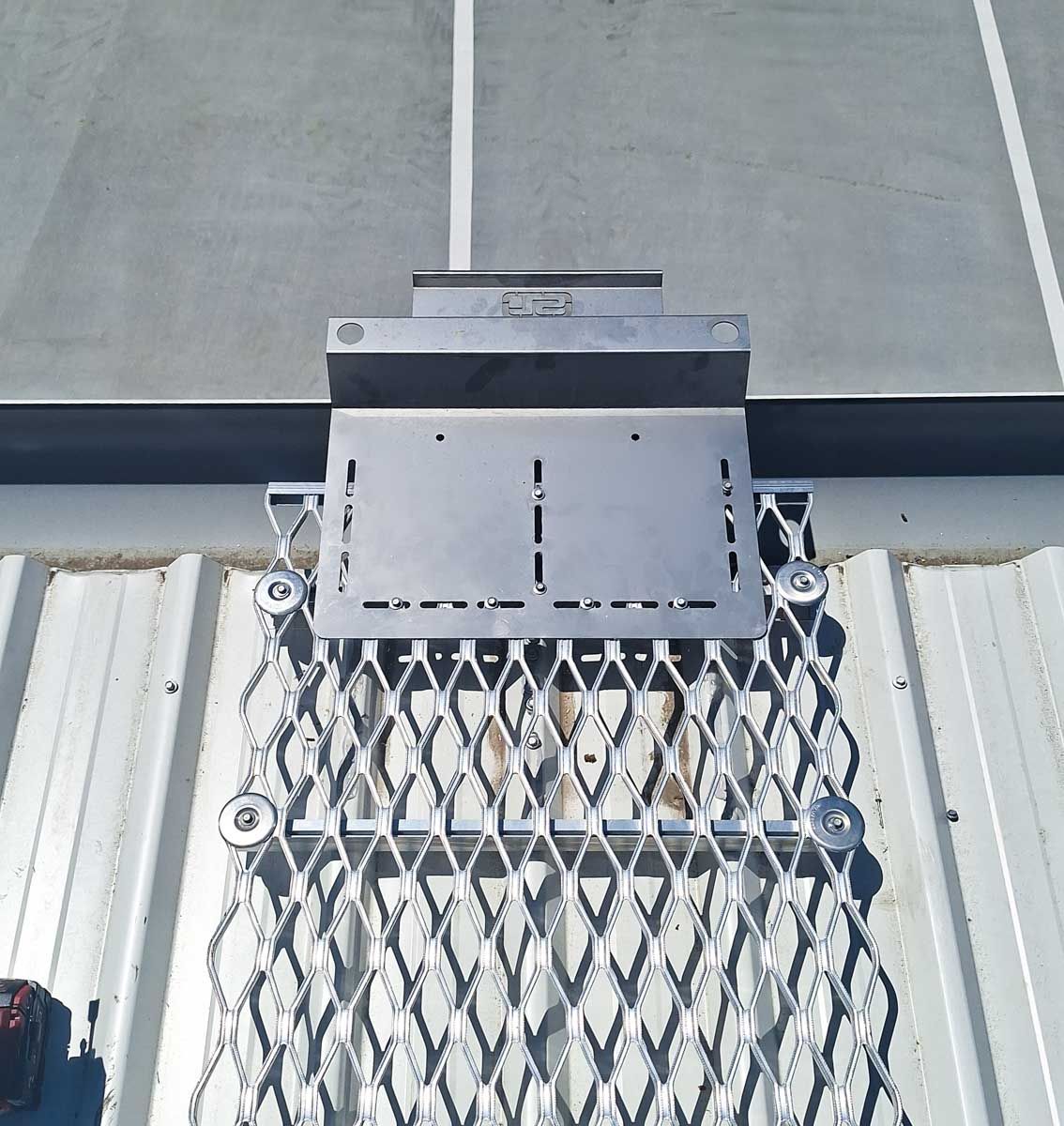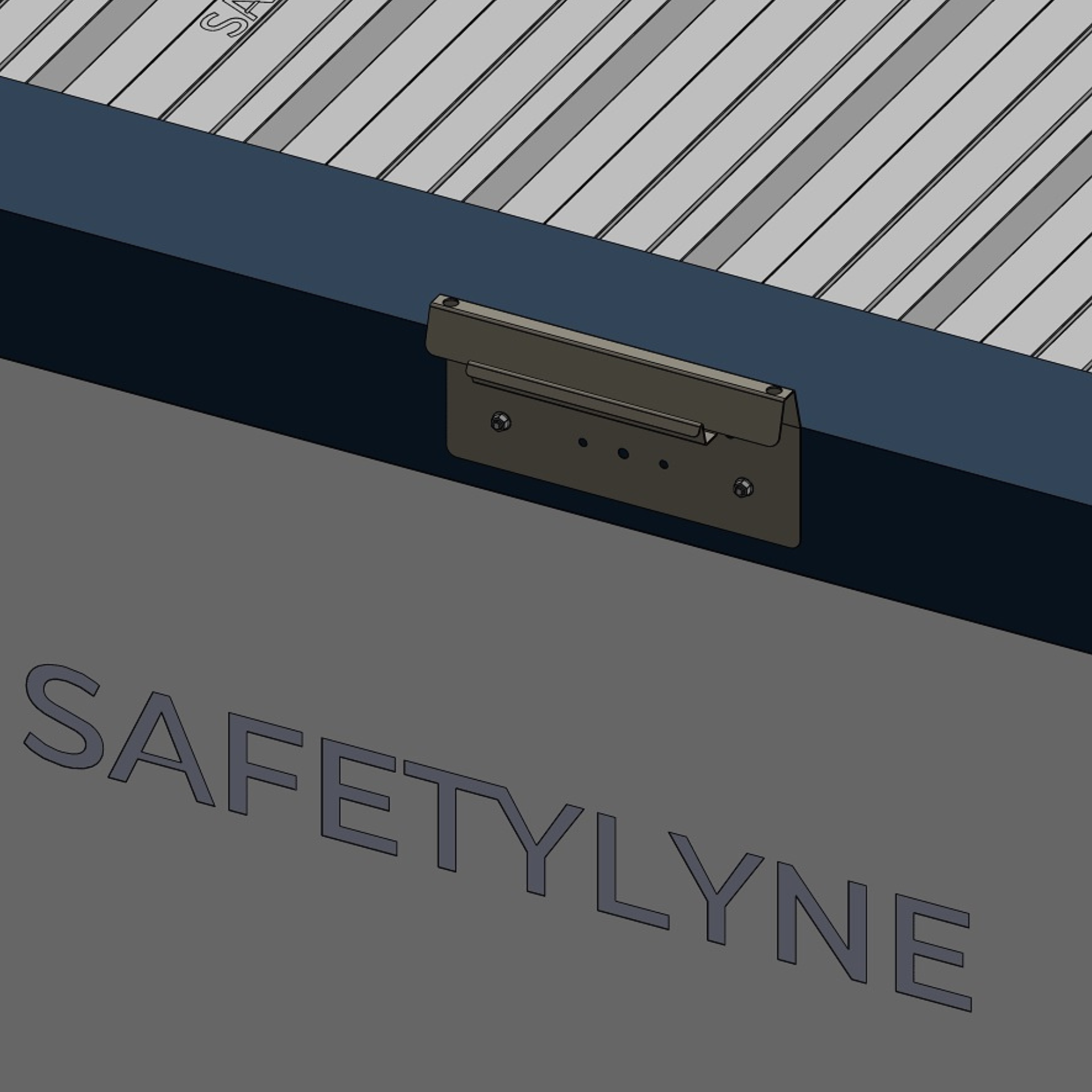Ladder Brackets
Precision Access for Low-Rise Structure
Ladder brackets provide a secure tie off point for portable ladders for compliant access methodology to lower level roofs.
They offer a reliable less obtrusive access solution with minimised aesthetic impact on visible roofs in lower level applications.

Access systems for low-rise buildings need to be safe, simple, and compliant. Ladder brackets offer a lightweight solution when permanent access isn’t practical or necessary.
What Ladder Brackets Do
Ladder brackets provide a secure fixing point for portable extension ladders.
They help maintain a safe climbing angle and give the ladder a stable top contact point. This setup supports compliance with AS 1657:2018.
Where Ladder Brackets Make Sense
Use ladder brackets in environments where:
- Ladder brackets may be the most suitable option where a risk analysis has been performed, and it is determined that they are the best solution for the application
- Access is infrequent or for inspection and maintenance
- Roofs have a pitch of 10° or less
- Fixed access options aren’t possible due to the structure, cost, security, or aesthetic impact
- A fall protection system is in place (harness, anchor point, rescue plan)
- Infrequent access to a guardrailed zone, a platform or plant deck.
They’re common on plant rooms, pump houses, storage tanks, and low industrial sheds.
Recommendations When Not to Use Ladder Brackets
Ladder brackets are not ideal for:
- Heights over 5 metres
- High-use areas needing daily or regular access
- Solo work without rescue provisions
- Sloped roofs with barge edges greater than 10°
- Sites without fall prevention systems
- Slippery, uneven, or unstable surfaces
If the environment poses consistent or high-risk access needs, fixed ladders, stairs, or gantry platforms are the better choice to engineer out the fall risks.
Safe Use Starts with Good Design
Designing around ladder brackets requires careful planning:
- Position brackets to allow the ladder to extend 1 metre above the roof or to have an alternative hand grab / hand rail.
- Keep access paths on the roof unobstructed and protected from fall edges
- Use levelled platform pads where the roof pitch exceeds 10°
- Ensure that the portable ladder base is levelled and can be tied off if required
- Train personnel on correct system use procedures
Built for Real-World Conditions
At Safetylyne, we integrate ladder brackets where they make sense - and never where they don’t. We match each solution to the risks, the structure, and the relevant legislation.
Our fall protection plan integrates all brackets, platforms, and access points for practical use, not just compliance.

Enhancing Safety with Ladder Brackets
How to maximise safety when using ladder brackets:
+ Secure Attachment. Ensure the ladder is firmly attached and tied off to the bracket to prevent movement during use.
+ Use of Fall Arrest Systems. Implement personal fall arrest systems compliant with AS/NZS 1891 and AS5532, including harness equipment, and temporary/ permanent systems.
+ Installation of Stabilising Platforms. For roofs with pitches over 10°, aluminium platforms to be used (e.g., 600mm x 1200mm) to provide a level transition from ladder to roof.
+ Regular Inspections. Conduct routine checks of ladder brackets and associated equipment for signs of wear or damage.
+ Training and Supervision. Ensure all personnel using ladder brackets are adequately trained and supervised during operations.

CONTACT OUR TEAM OF ROOF SAFETY EXPERTS TODAY
